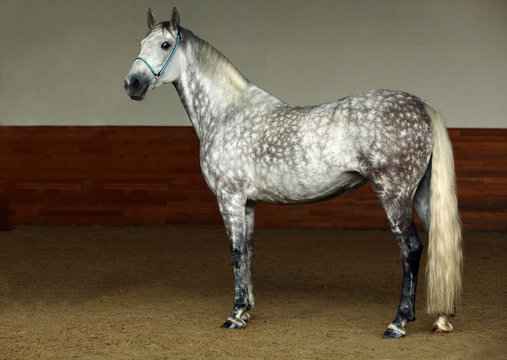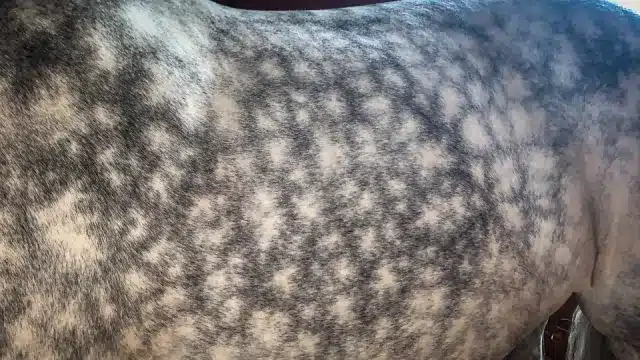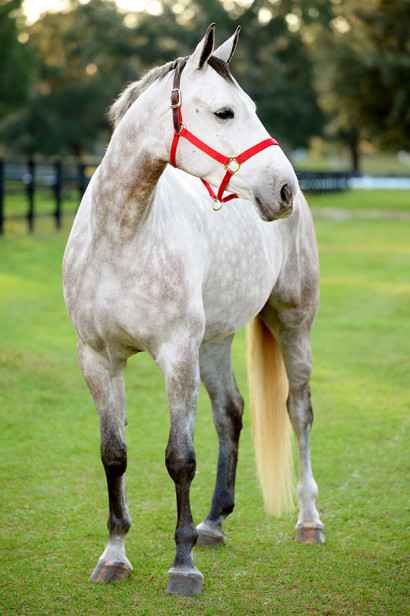Table of Contents
Due to distinct dapples on their base coats, the Dapple dray horse is one of the most unique gray horse breeds. However, the interesting fact is that the dapples are not present in them by birth; they acquire them as they begin to age. Dapple gray horse breed is one of the biggest horse breeds with its astonishing feature of appearance of dapples as they mature. Come with us to unveil the mysteries behind the dapples of gray horses and other exciting facts related to their stunning appearance and look.
1.What is a Dapple Gray Horse?
A gray horse with a unique pattern of darker patches or “dapples” on a lighter gray coat is known as a dapple gray horse. These dapples are circular in shape and can vary in intensity and number. The contrast between the light and dark regions gives an attractive and striking appearance.
2. The Transition of Coat Color

When born, gray horses have a base coat color distinct from other horses, such as chestnut, black, or bay. Their coats typically turn gray as they age, beginning with the head and extending throughout the rest of their bodies. During this phase of transition, the dapples will often become visible. It may take several years for this transformation to occur, and throughout that time, the dapple-gray horse displays a fantastic range of coat colors and patterns.
Prominent Dapple Appearance
Dapples are not present at birth; however, they normally appear as the gray horse ages, enhancing its coat with an additional element of visual appeal and beauty. However, between the ages of 2 and 7, this is when the coat color starts to change drastically, and the most dapples will appear.
3. The Flea-Bitten Gray

There are multiple varieties of dapple gray horses, including the flea-bitten gray. This term is used to describe gray horses that, as they age, develop little dark hairs scattered throughout their coat. Since these speckles are dispersed randomly, they are called flea bites. When a horse ages, the flea-bitten pattern becomes more apparent, adding a unique texture to the horse coat.
4. Turn White at Maturity
It is an interesting fact about gray horses as many dapple gray horses turn completely white as they mature. The dapples may disappear, and the horse’s coat will become significantly lighter. This gradual transformation is a natural part of the graying process, and by the time the horse reaches its senior years, it may appear completely white, while its skin will still be dark.
5. Genes Control Dappling
A dominant gene is responsible for the gray coat, which means that a gray horse will always pass on the gray gene to its progeny. This dominant gray gene gradually dilutes the original base coat color, transforming from a darker color at birth to a lighter, frequently mottled gray and eventually to an entirely white coat.
6. Popular Breeds To Produce Dapples
Dapple gray horses are produced by several different horse breeds.
- Arabian horse
- Quarter Horses
- Paint Horses
- Standardbred.
- Thoroughbred.
- Irish Sport Horse.
- Hanoverian.
7. Dapple Gray Arabian Horse
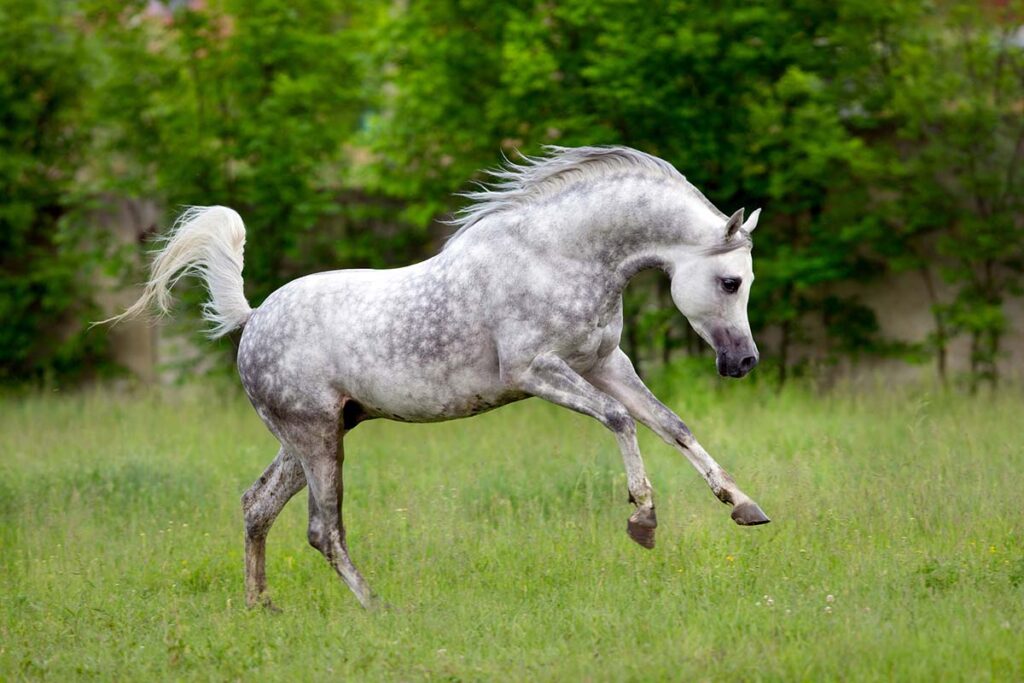
Among all Arabian horses, the dapple gray horse is particularly well-known for its beautiful look. In the world of horses, the dapple gray variation of Arabians is highly regarded because of their refined appearance, endurance, and flexibility. The dapple gray coat beautifully complements their high tail carriage, expressive eyes, and well-carved heads, which are highly desired in show rings and breeding programs.
8. Gray Dapple Quarter Horse
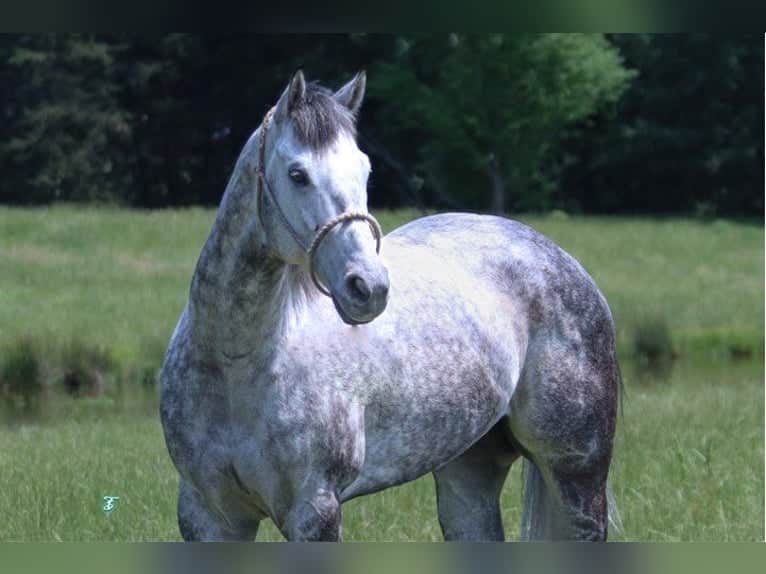
Another breed of horse that frequently displays the dapple gray pattern is the Quarter Horse. Additionally, a gray dapple quarter horse has remarkable good looks, a muscular physique, and quickness. The speckled coats of these horses provide:
- A touch of visual appeal to their muscular bodies.
- Allowing them to perform well in various activities.
- Ranging from rodeo competitions to ranch chores.
9. Dapple Gray Paint Horse
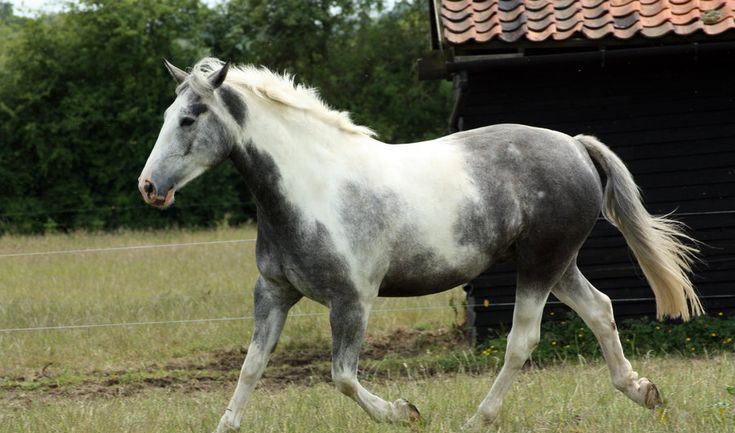
The combination of dapple gray and Paint Horse is unique and appealing. Paint Horses are renowned for their unique coat patterns, which, when paired with dapple gray, produce an outstanding visual effect. The striking spots of color characteristic of Paint Horses combined with the refined dapples of the gray coat result in a horse that is not only useful but also a work of beauty.
10. The Beauty of Bloom Dapples
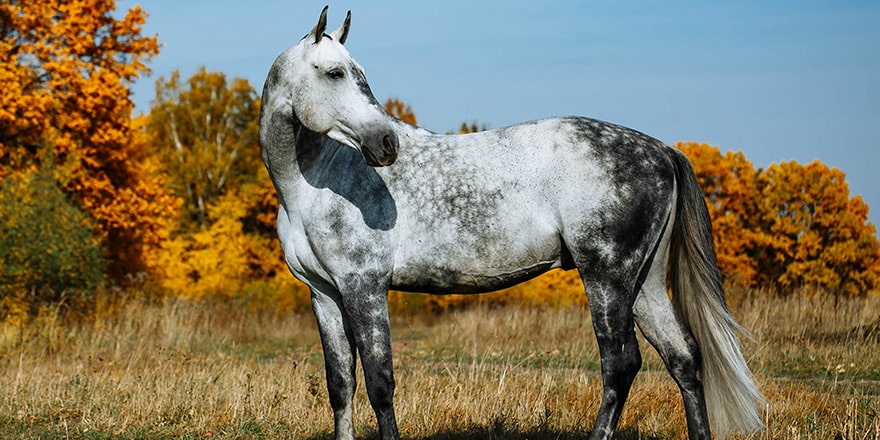
Bloom dapples are the outcome of optimal health care and nutrition. When the horse is in its best state, the coat of a dapple gray horse can display dapples that are exceptionally brilliant and significant. A balanced diet, regular grooming, and an environment that is free of stress are all factors that contribute to bloom dapples.
11. Variations in Dapple Patterns
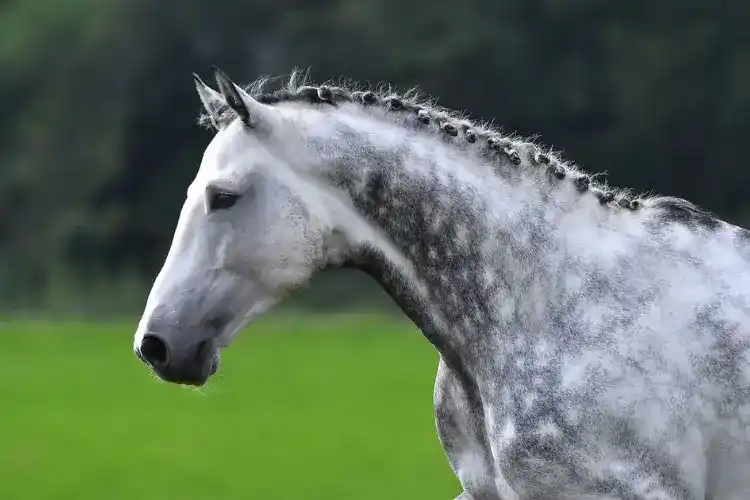
There is a wide variety of dapples throughout. An individual dapple gray horse can have a significantly distinct pattern and degree of dapples compared to another horse of the same breed. Some may have huge patches that are clearly defined, while others have dapples that are more subtle and numerous. Every dappled gray horse is one of a kind due to its originality.
12. Ways to Promote Dappling
A dapple gray horse appearance can be determined by its diet and overall care.
- Regular brushing helps remove dirt and encourages oil production, contributing to a glossy, dappled appearance.
- A proper diet, which includes vitamins and minerals, is essential for maintaining a healthy coat.
13. The Myth of the White Horse
There is a common misconception that a mature dapple gray horse that has completely turned white is a true white horse. Compared to gray horses, white horses are born with pink skin and white hair, whereas gray horses have dark skin that gradually becomes lighter.
14. Identification Challenges
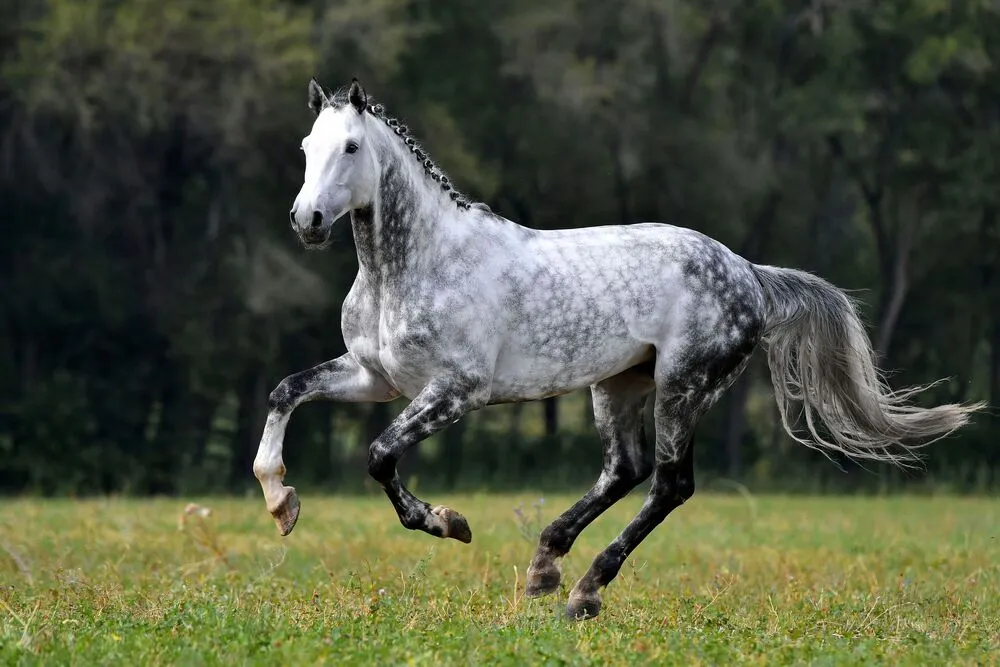
It might be difficult to accurately recognize gray horses throughout their lifetimes because their coat color changes over time. A horse that begins as a dark gray dapple can finish up looking virtually white, which can be confusing for owners and fans who rely upon coloration for identification. Due to the ongoing nature of this transition, additional ways of identification, such as marks, brands, or microchips, are required to ensure exact observation.
15. Cultural and Historical Significance
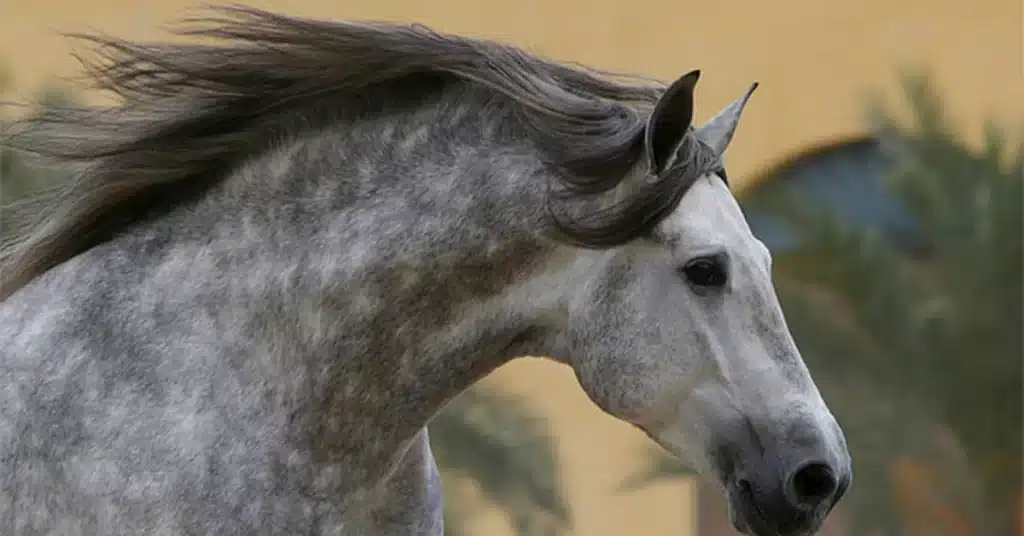
The gene that causes dappling in a horse’s coat is believed to be 1000s of years old. Therefore, the dapple gray horse has been the subject of artwork, literary works, and folkloric tales throughout human history. In a few different cultures, they have become symbols of beauty and elegance due to their remarkable appearance and the mystery surrounding their pattern of changing coats. Numerous art has been made by these horses, ranging from medieval tapestries to contemporary photography.
Conclusion
In short, dapple gray horses are the epitome of beauty and elegance in equines. Whether it is an Arabian horse, quarter horse, or paint horse with gray dapple coats, all these horses are the true sites of attraction. Understanding their genetics, food requirements, and regular cleaning practices is important to ensure that the breathtaking beauty of these horses can be preserved for years.




